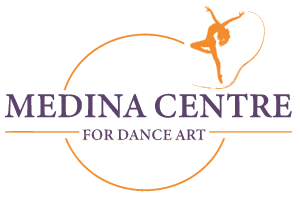by Kelly K. Parks
Children today have so many choices in extra-curricular activities. They can play soccer, take art lessons, join scouts, attend youth groups, participate in sports and they can dance.
As with most activities, competition has become a key element in dance arts. TV shows like “So You Think You Can Dance” or “World of Dance” have set a standard for success as defined by choosing a winner. I would be the first to agree that most of these performers are amazing, talented, and fun to watch, and I respect the amount of time and sacrifice that goes into the achievement of winning a competition. I am convinced the art of dance is not lost and can co-exist along with the world of competition dance, and it is waiting for you at your local dance school. Dance is highly personal and can provide many benefits outside of those associated with competitions.
Dance is more than a trophy; it is a piece of our social culture like playing guitar or painting. It is a centuries-old art form using the body as its medium and giving dancers the opportunity to connect with music. Performers and students connect with physical, emotional, and creative instincts and grow in grace, body awareness, coordination, endurance, and discipline and reinforce musicality, expression, and passion. Dance has been an essential part of human life in ceremonies, rituals, celebrations, and entertainment since the beginning of time and is for everyone.
Students can enhance sports to build speed, timing, and agility through dancing, including increasing overall flexibility and precision. Dance builds self-confidence, maturity, perseverance, self-motivation, and a healthy and positive work ethic. The traditions of dance training are powerful and important. Whether a dancer goes on to be a professional performer or lifelong supporters of the art of dance, the impact of the time spent growing up in the studio is unrivaled.
Dance today allows students to explore many different genres, including Ballet, Jazz, Tap, Modern, Acro, and Hip-Hop. So, how do dancers decide when to start and what to take? Dance is a personal journey for each student. Like learning to play music, you must determine if you will play pop or classical music or maybe both. Dancers can train in ballet and tap, or modern and hip-hop, or all four. Dance offers children as young as two a fun, social activity, and by the time dancers are seven or eight, most are ready for the structure and commitment of training in the art of dance. You’re never too old; teens, adults, and even seniors enjoy dance every day. As dancers of all ages, we shouldn’t be competing with each other, but we should be sharing and developing a lifelong appreciation for this art. Even though competitive dance is popular and has many positive aspects, there is a dance program for students that don’t want to compete. The art of dance and its influences came before the trophies and is waiting for you to explore and create your dance journey.

